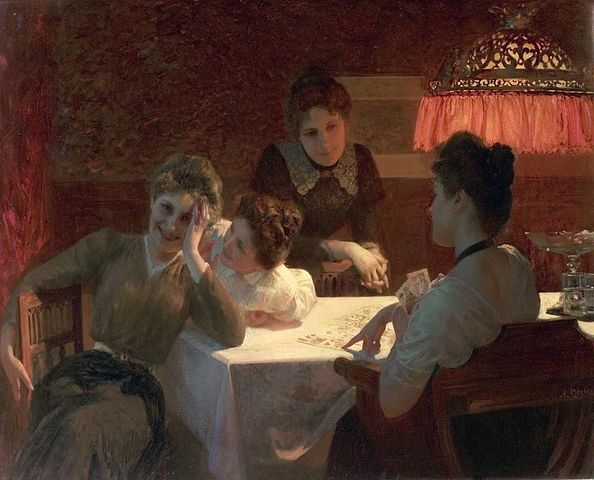
In the grand orchestra of European art, amidst the cacophony of styles and the whirlwind of movements that marked the 19th and early 20th centuries, there existed a composer of the canvas, Albert Ritzberger. His life, a melodious blend of passion, precision, and profound expression, played out against the backdrop of an evolving Europe, weaving through the realms of Academic Painting and touching the whispers of Modernism. This biography seeks to explore the life and legacy of Ritzberger, an artist whose brushstrokes spoke the language of beauty, emotion, and detail.
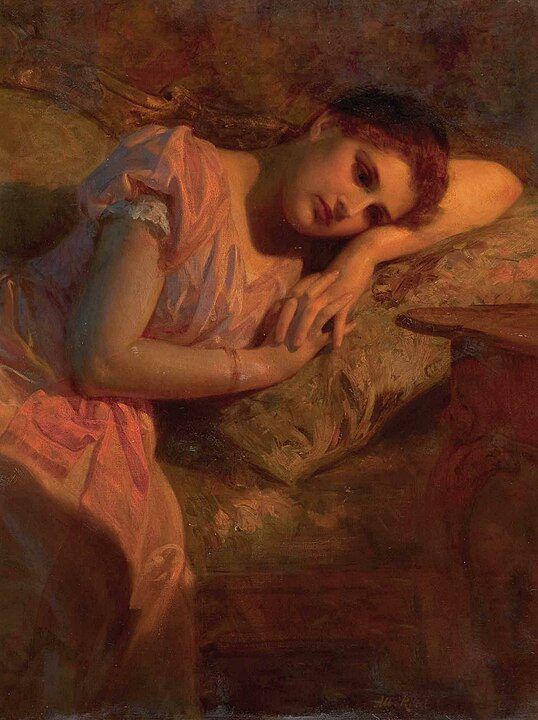
Born on December 26, 1853, in Linz, Austria, Albert Ritzberger found his calling in the arts at a tender age. His talent, apparent from the outset, was nurtured through rigorous training. The young Ritzberger embarked on his artistic journey at the esteemed Academy of Fine Arts Vienna, where he honed his craft under the tutelage of August Eisenmenger and Anselm Feuerbach, giants of Academic Painting. These early years at the academy laid the foundation for Ritzberger’s lifelong commitment to excellence and precision in his work.
Compositions in Realism
Ritzberger emerged as a staunch proponent of Academic Painting, a style characterized by its adherence to traditional techniques, realism, and the idealization of the human form. In an era increasingly fascinated by the avant-garde and the abstract, Ritzberger’s work was a reminder of the enduring power of classical beauty. His paintings, often historical and mythological scenes, were praised for their detailed realism, vibrant emotionality, and technical proficiency. They were symphonies on canvas, where every brushstroke played its part in creating harmonious wholes.
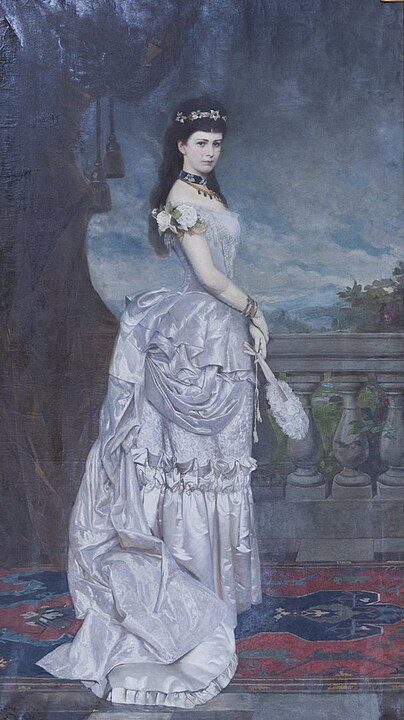
Albert Ritzberger’s career flourished as his works began to gain recognition beyond the Austrian borders. Exhibitions in Vienna, Berlin, and Paris showcased his talent to a wider European audience, earning him accolades and awards. Perhaps most notably, his contributions to the arts were recognized by the Austrian monarchy, further cementing his status as a celebrated artist of his time.
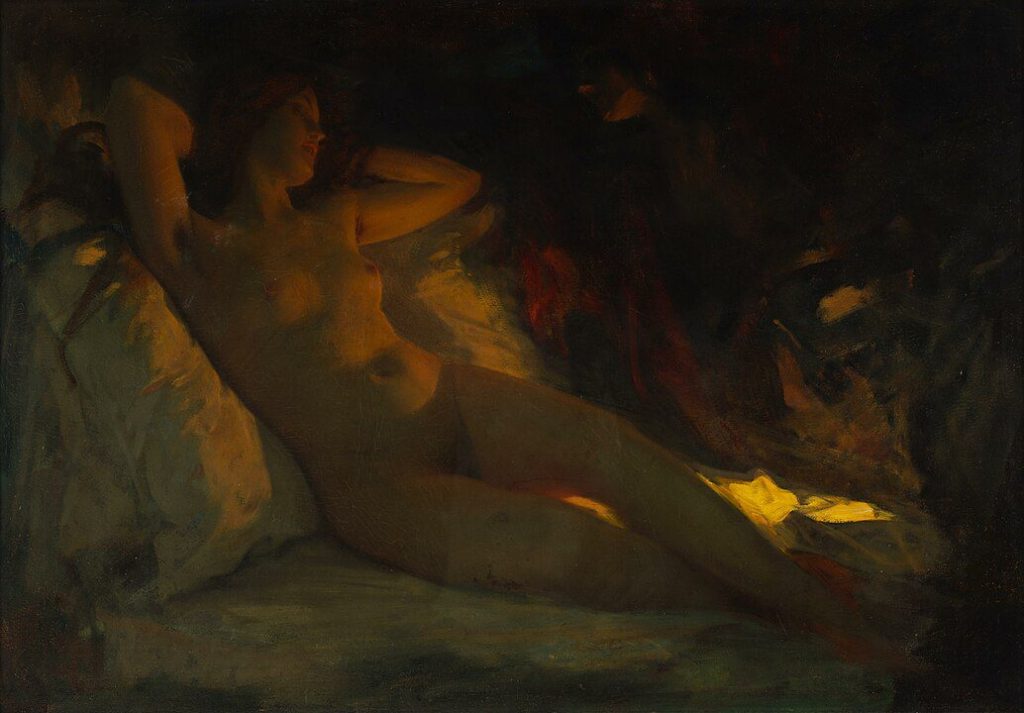
Ritzberger’s legacy is not confined to the pieces he left behind; it is also reflected in the generations of artists he inspired. A respected educator, he imparted his knowledge and passion for Academic Painting to students, advocating for the importance of foundational skills and the study of the masters. Through his teaching, he played a crucial role in shaping the future of Austrian art, ensuring that the principles of beauty, technique, and emotional depth continued to resonate in the works of future artists.
The Final Stroke
Albert Ritzberger passed away on February 9, 1915, leaving behind a body of work that continues to captivate and inspire. In a time of great artistic upheaval, his dedication to Academic Painting stands as a testament to the enduring appeal of classical artistry. Today, Ritzberger’s works are cherished for their beauty, their technical mastery, and their ability to evoke emotion, serving as a bridge between the past and the present.
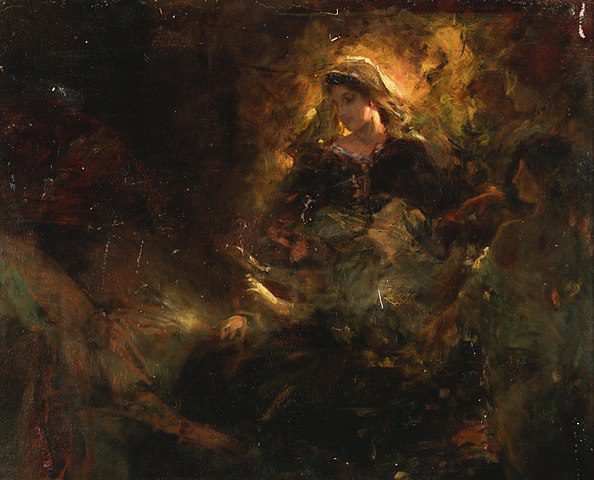
In reflecting on the life of Albert Ritzberger, we are reminded of the power of art to transcend time, to communicate deeply human experiences, and to celebrate the beauty inherent in our world. Ritzberger’s symphony of brushstrokes, his contribution to the arts, and his influence as an educator, continue to echo through the halls of history, a melody of enduring significance.




